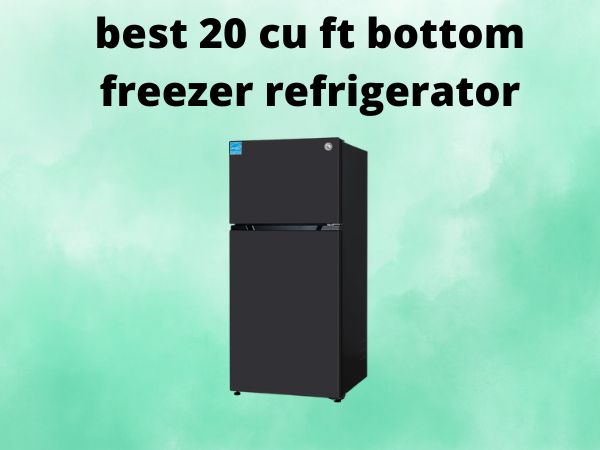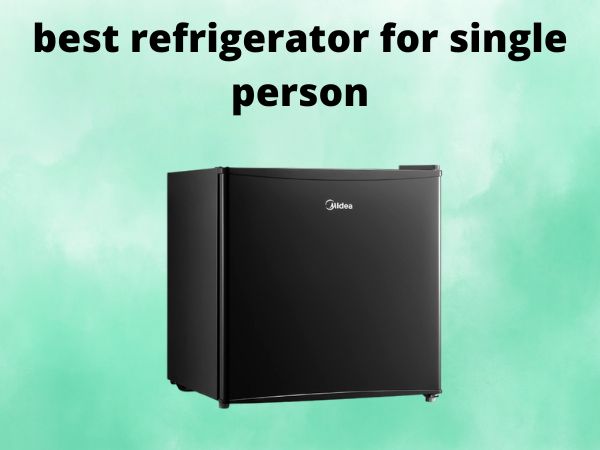A2L Refrigerant vs R410A: Key Safety and Efficiency Differences
As the world continues to grapple with the urgent need to reduce greenhouse gas emissions and mitigate climate change, the HVAC industry has been at the forefront of adopting more environmentally-friendly refrigerants. Two refrigerants that have emerged as potential alternatives to traditional high-GWP (global warming potential) options are A2L and R410A. But how do these two refrigerants compare in terms of safety, efficiency, and overall performance? In this comprehensive article, we’ll dive deep into the key differences between A2L refrigerant and R410A to help you make an informed decision for your HVAC system.
Table of Contents
Understanding A2L and R410A Refrigerants
Before we get into the nitty-gritty of the differences, let’s first quickly define what these two refrigerants are and their general characteristics.
A2L Refrigerant
A2L refrigerants, also known as “mildly flammable” refrigerants, are a class of low-GWP, hydrofluoroolefin (HFO)-based refrigerants that have been developed as alternatives to traditional high-GWP refrigerants like R410A. Some examples of A2L refrigerants include R-32, R-454B, and R-1234yf. These refrigerants have a significantly lower GWP than their predecessors, making them a more environmentally-friendly choice.
R410A Refrigerant
R410A is a widely-used refrigerant in residential and commercial HVAC systems. It is a blend of two hydrofluorocarbons (HFCs): R-32 and R-125. R410A has been a popular choice due to its high efficiency and relatively low cost, but it also has a high GWP of 2,088, making it a less sustainable option in the long run.
Safety Considerations: Flammability and Toxicity
One of the primary differences between A2L and R410A refrigerants is their safety profile, particularly when it comes to flammability and toxicity.
Flammability
A2L refrigerants, such as R-32, are classified as “mildly flammable,” meaning they have a lower flammability risk compared to traditional “highly flammable” refrigerants. This classification is based on their lower burning velocity and higher auto-ignition temperature. In contrast, R410A is considered a non-flammable refrigerant, posing no risk of ignition or fire hazards.
While the flammability of A2L refrigerants may seem concerning, modern HVAC systems are designed with additional safety features to mitigate the risk, such as leak detection systems and specialized component design. Proper installation, maintenance, and handling procedures can also help ensure the safe use of A2L refrigerants in residential and commercial settings.
Toxicity
Both A2L and R410A refrigerants are considered low in toxicity, meaning they pose a relatively low risk of health hazards to humans and the environment when used correctly. However, it’s important to note that exposure to high concentrations of either refrigerant can still be dangerous and should be avoided.
Efficiency and Performance
In terms of efficiency and performance, A2L and R410A refrigerants have some notable differences that may impact the overall performance of your HVAC system.
Energy Efficiency
A2L refrigerants, such as R-32, have demonstrated higher energy efficiency compared to R410A in various HVAC applications. This improved efficiency can translate to lower energy consumption and reduced operating costs for the end-user. The higher energy efficiency of A2L refrigerants is primarily due to their thermodynamic properties, which allow for better heat transfer and reduced compressor work.
Capacity and Cooling Performance
When it comes to cooling capacity and overall performance, A2L refrigerants like R-32 have shown comparable, or even slightly better, results compared to R410A. This means that HVAC systems designed for A2L refrigerants can often provide similar, if not better, cooling performance to their R410A counterparts, without sacrificing efficiency.
Compatibility and Retrofitting
One important consideration is the compatibility of A2L refrigerants with existing HVAC systems designed for R410A. While newer HVAC systems can be designed to use A2L refrigerants, retrofitting existing R410A systems to use A2L refrigerants may require significant component changes, such as replacing the compressor, heat exchangers, and other critical parts. This can make the transition to A2L refrigerants more challenging and costly for some existing systems.
Environmental Impact and Regulations
The environmental impact of refrigerants is a crucial factor in the ongoing shift towards more sustainable HVAC solutions. Both A2L and R410A refrigerants have distinct environmental profiles that should be considered.
Global Warming Potential (GWP)
One of the primary environmental concerns with refrigerants is their global warming potential (GWP). A2L refrigerants, such as R-32, have significantly lower GWP values compared to R410A. For example, R-32 has a GWP of 675, while R410A has a GWP of 2,088. This means that A2L refrigerants have a much lower impact on the environment in terms of their contribution to global warming.
Regulatory Landscape
The shift towards more environmentally-friendly refrigerants has been driven by various regulatory changes and international agreements, such as the Kigali Amendment to the Montreal Protocol. These regulations aim to phase down the use of high-GWP refrigerants like R410A in favor of lower-GWP alternatives, including A2L refrigerants. As a result, the HVAC industry is actively transitioning towards these newer, more sustainable refrigerant options.
Conclusion
In the ongoing quest for more sustainable HVAC solutions, the choice between A2L refrigerant and R410A presents a complex set of trade-offs. While A2L refrigerants offer improved energy efficiency, lower environmental impact, and comparable cooling performance, they also introduce some safety considerations due to their mild flammability. R410A, on the other hand, is a well-established, non-flammable option, but has a higher GWP and less favorable environmental profile.
Ultimately, the decision between A2L and R410A will depend on a variety of factors, including local regulations, the specific requirements of your HVAC system, and your priorities in terms of safety, efficiency, and environmental impact. It’s essential to carefully evaluate the pros and cons of each refrigerant option and consult with qualified HVAC professionals to determine the best solution for your needs.
Frequently Asked Questions
What are the key safety differences between A2L and R410A refrigerants?
The primary safety difference is that A2L refrigerants, such as R-32, are classified as “mildly flammable,” while R410A is considered a non-flammable refrigerant. A2L refrigerants have a lower burning velocity and higher auto-ignition temperature, posing a lower risk of ignition and fire hazards. However, HVAC systems designed for A2L refrigerants incorporate additional safety features to mitigate the flammability risk.
How do the energy efficiency and cooling performance of A2L and R410A compare?
A2L refrigerants, like R-32, have demonstrated higher energy efficiency compared to R410A in HVAC applications. This improved efficiency can lead to lower energy consumption and operating costs. In terms of cooling capacity and performance, A2L refrigerants have shown comparable, or even slightly better, results compared to R410A.
What are the environmental considerations for A2L and R410A refrigerants?
A key environmental factor is the global warming potential (GWP) of the refrigerants. A2L refrigerants, such as R-32, have significantly lower GWP values compared to R410A, making them a more environmentally-friendly choice. Regulatory changes, such as the Kigali Amendment, are driving the HVAC industry to transition towards lower-GWP refrigerants like A2L options.
Can existing R410A HVAC systems be retrofitted to use A2L refrigerants?
Retrofitting existing R410A HVAC systems to use A2L refrigerants may require significant component changes, such as replacing the compressor, heat exchangers, and other critical parts. This can make the transition to A2L refrigerants more challenging and costly for some existing systems. Newer HVAC systems designed for A2L refrigerants may be a more straightforward option.
What are the key factors to consider when choosing between A2L and R410A refrigerants?
The key factors to consider include safety (flammability and toxicity), energy efficiency, cooling performance, environmental impact (GWP), compatibility with existing HVAC systems, and local regulations. It’s essential to evaluate these factors in the context of your specific HVAC requirements and consult with qualified professionals to determine the best refrigerant solution for your needs.


